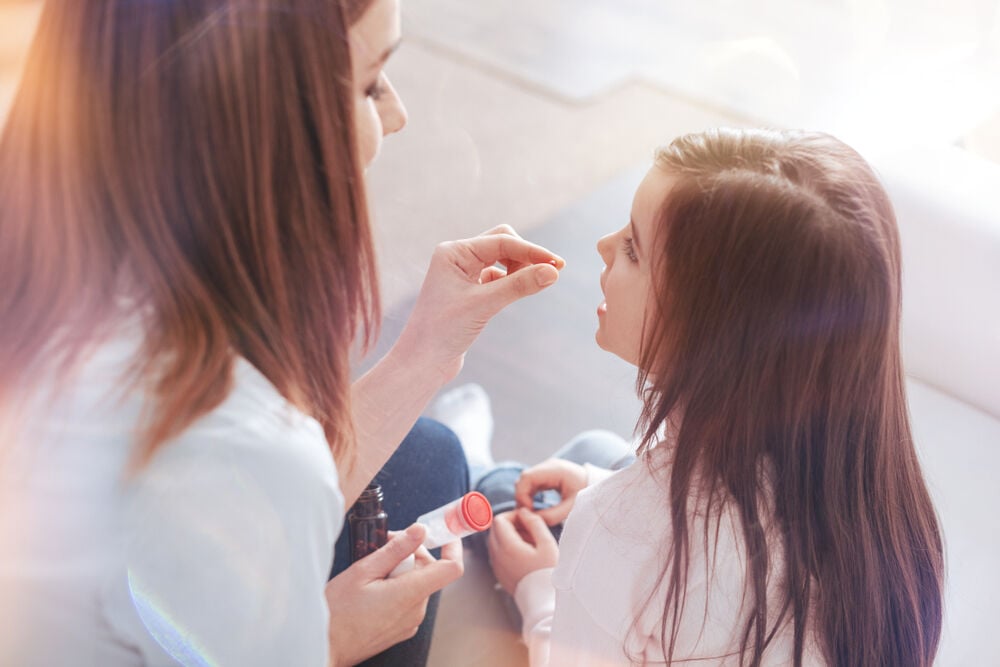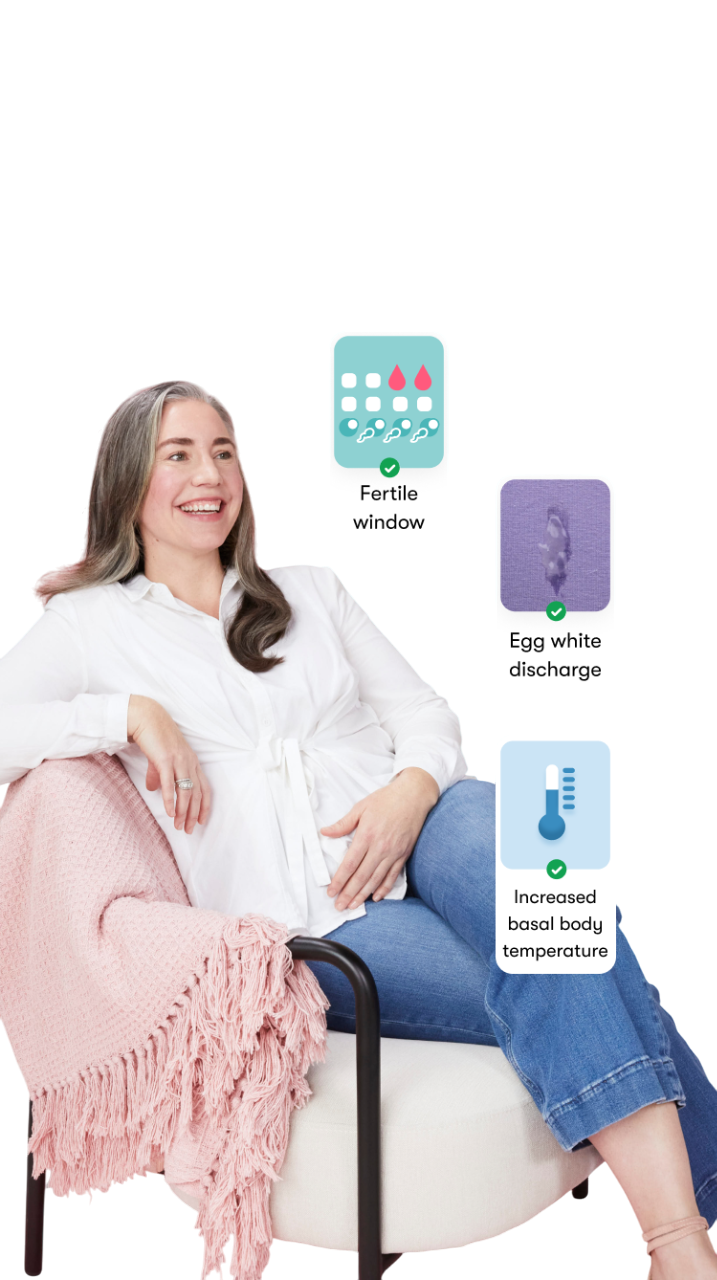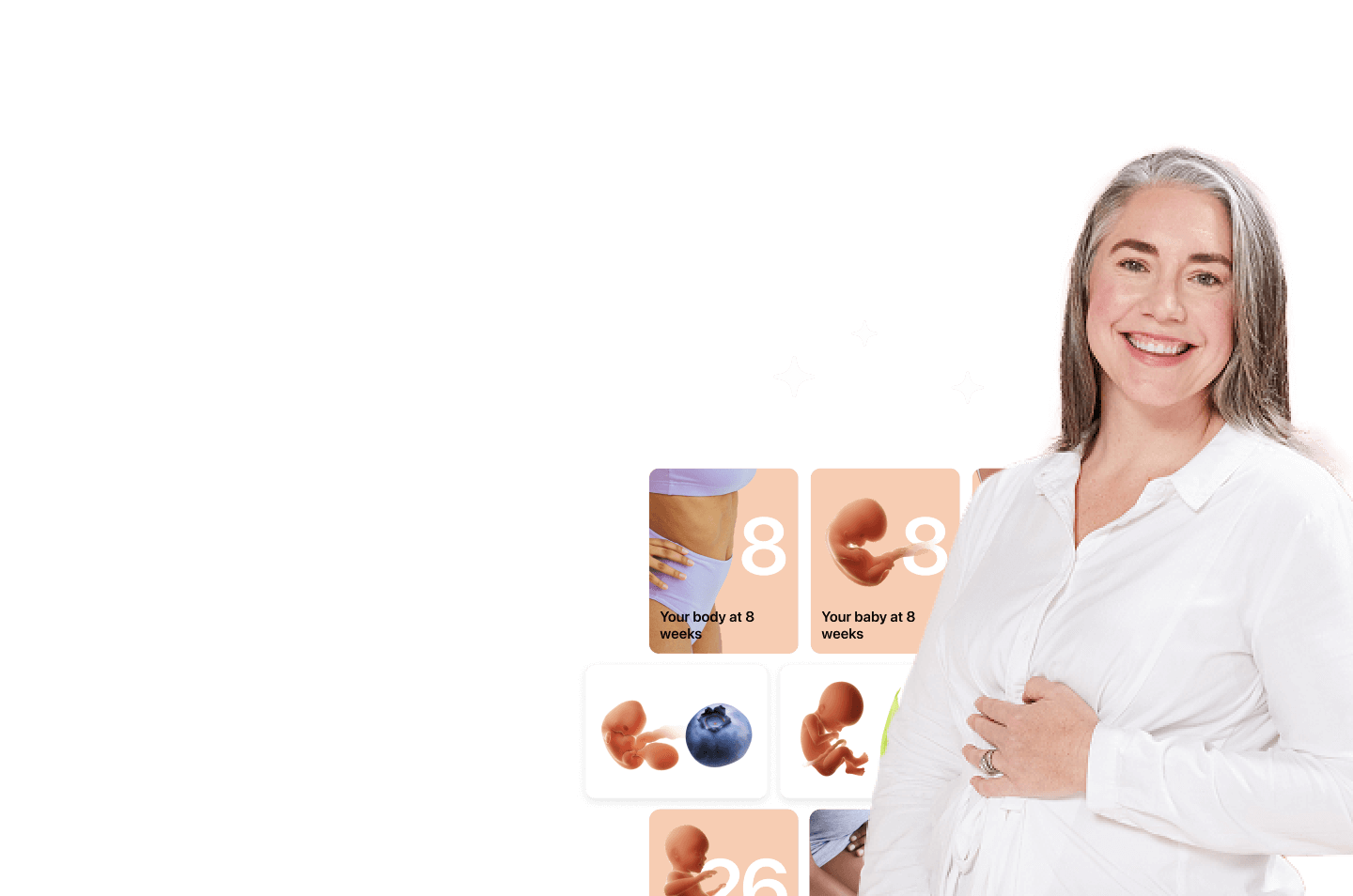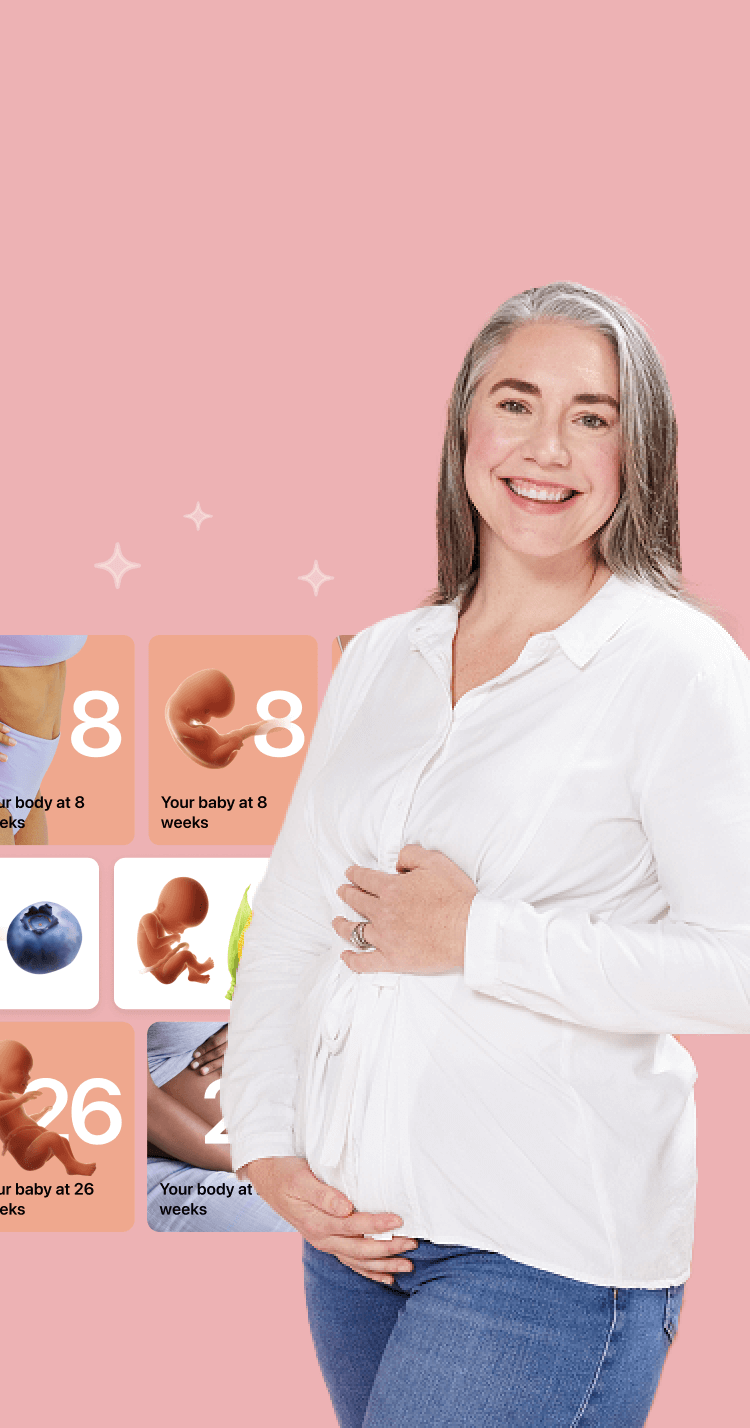Did you know it’s possible to decrease gender-defining hormonal activity and hit the pause button on adolescent development? Today, Flo reveals exactly how puberty blockers work.
-
Tracking cycle
-
Getting pregnant
-
Pregnancy
-
Help Center
-
Flo for Partners
-
Anonymous Mode
-
Flo app reviews
-
Flo Premium New
-
Secret Chats New
-
Symptom Checker New
-
Your cycle
-
Health 360°
-
Getting pregnant
-
Pregnancy
-
Being a mom
-
LGBTQ+
-
Quizzes
-
Ovulation calculator
-
hCG calculator
-
Pregnancy test calculator
-
Menstrual cycle calculator
-
Period calculator
-
Implantation calculator
-
Pregnancy weeks to months calculator
-
Pregnancy due date calculator
-
IVF and FET due date calculator
-
Due date calculator by ultrasound
-
Medical Affairs
-
Science & Research
-
Pass It On Project New
-
Privacy Portal
-
Press Center
-
Flo Accuracy
-
Careers
-
Contact Us
Puberty Blockers: How Hormone Blockers Suppress Sexual Characteristics in Teens


Every piece of content at Flo Health adheres to the highest editorial standards for language, style, and medical accuracy. To learn what we do to deliver the best health and lifestyle insights to you, check out our content review principles.
What are puberty blockers?
Let’s first define the phase in life that every individual must go through regardless of gender. Puberty is a process in which the body begins its journey towards adulthood and becomes sexually mature enough to reproduce. It’s also marked by accompanying physical growth and brain development.
It all starts with the brain’s stimulation of the pituitary gland to release certain hormones, like follicle-stimulating hormone (FSH) and luteinizing hormone (LH). The spike triggers testosterone production in male testicles and estrogen production in female ovaries. (Note that FSH and LH are not responsible for adolescent acne or the growth of underarm and pubic hair.)
Puberty blocker medications inhibit the activity of hormones that normally guide the body through puberty, and are also known as GnRH analogs.
How do puberty blockers work?
The physical changes associated with puberty may create significant distress in gender-nonconforming young adults. When taken regularly, GnRH analogs suppress the secretion of sex hormones like estrogen and testosterone which, in turn, impact the following:
- Primary sexual characteristics
These include the sex organs present at birth such as the penis, testicles, and scrotum or the uterus, vagina, and ovaries.
- Secondary sexual characteristics
These include various physical signs of maturity during puberty like the appearance of facial hair or breast development.
What are androgen blockers?
Androgen proteins can be found in prostate gland cells and certain prostate cancer cells. Any substance designed to stop the binding of androgens (or male sex hormones) to androgen receptors are known as androgen blockers. Also referred to as antiandrogens or androgen receptor antagonists, they include apalutamide, enzalutamide, bicalutamide, nilutamide, and flutamide.
Androgen blockers impede the usual effects of these hormones on the body and even stem the growth of prostate cancer cells. Health care providers use androgen blockers to treat numerous hyperandrogenic conditions (i.e., when there’s an excessive amount of androgens present), including hirsutism, paraphilias, and acne.
Chemically speaking, androgen blockers may be classified as follows:
- Steroidal (e.g., cyproterone acetate)
- Nonsteroidal (e.g., bicalutamide, nilutamide, and flutamide)
Despite undergoing multiple trials, cyproterone has yet to receive approval from the Food and Drug Administration (FDA) as it’s likely to be toxic to the liver. On the contrary, bicalutamide, nilutamide, and flutamide have been approved for clinical treatment of prostate cancer.
Abiraterone is one of the most recently developed steroid androgen blockers for battling this disease. It inhibits CYP17 (an enzyme involved in androgen production) and is successful at prolonging overall relapse-free survival in men with castration-resistant, metastatic prostate cancer.
If you were born male, taking hormone blockers might limit or completely stop the following things:
- Body or facial hair growth
- Voice deepening
- Development of an Adam’s apple
- Shoulder broadening
- Maturation of the gonads or sex organs (e.g., penis, testes, erectile tissue, etc.)
What are estrogen blockers?

Antiestrogens or estrogen blockers contain either steroidal or nonsteroidal compounds that interfere with estrogen-induced hormonal activity. Once in the body, the antiestrogens tamoxifen, U23, 469, and C1628 activate into forms with a greater attraction to estrogen receptors. This way, estrogens are blocked from reaching receptors of the cells, including cancer ones which is pivotal in breast cancer treatment. The body still makes estrogens, but their effects are absent in some cells.
Other estrogen blockers utilize aromatase inhibitors to prevent the synthesis of estradiol. They constitute a rapidly growing class of steroidal and nonsteroidal based inhibitor drugs. The former includes testolactone, formestane, exemestane, and atamestane, while the latter includes fadrozole, letrozole, anastrozole, vorozole, and finrazole.
The newest category of receptor blockers, known as SERM (specific estrogen receptor modulator), features a blend of estrogen agonist and antagonist properties. The characteristics vary, depending on the drug itself as well as the type of body tissue it impacts. Examples include nonsteroidals like raloxifene, toremifene, droloxifene, lasofoxifene, idoxifene, arzoxifene, and bazedoxifene; plus, the steroidal estrogen analog fulvestrant.
If you were born female, taking hormone blockers might limit or completely stop the following things:
- Development of breast tissue
- Hip broadening
- Monthly menstruation
In both males and females, hormone blockers might limit or completely stop the following things:
- Growth in height
- Sex drive development
- Accumulation or deposition of bone calcium
- Impulsiveness, irritability, and rebellious behavior
- Reproductive fertility
Do puberty blockers change hormones forever?
The effects of GnRH analogs or puberty blockers remain completely reversible. Discontinuing usage of these medications will allow the body to resume the process of puberty as if puberty blockers had never been taken.
Although puberty blockers don’t produce any permanent changes, they give the adolescent enough time to determine what their gender identity will be. Puberty blockers could also provide their families with a chance to think about the medical, psychological, legal, social, and developmental issues ahead.
Puberty blocker side effects
While on puberty blockers, it’s imperative to follow your health care provider’s instructions and keep all checkup appointments. Should there be any concerns or unexpected symptoms, seek medical attention right away. Possible puberty blocker side effects are as follows:
- Swelling at the injection site
- Weight gain
- Headaches
- Hot flashes
In the long run, puberty blockers could have a negative impact on future fertility and bone density. So your health care provider may measure your teen’s height every three months while they’re on hormone blockers, and recommend annual bone age and density tests.
Keep in mind that beginning a regimen of hormone blockers in early puberty might stunt the growth of scrotal and penile skin. This complicates penile inversion vaginoplasty and other types of surgery required for gender confirmation. Furthermore, delaying the onset of puberty, especially in relation to their peers, is capable of creating stress and lowering adolescent self-esteem.
Benefits of puberty blocker therapy
Generally speaking, however, puberty blockers can prevent physical changes that your teen isn’t ready for. It has the potential to boost their social and emotional well-being and let them feel more comfortable and confident in their body. Hormone treatment may benefit transgender individuals with depression and self-esteem issues. Lastly, puberty blockers help eliminate the need for future procedures such as top surgery (i.e., breast removal).
Ultimately, puberty blockers open a window of opportunity for an adolescent to explore their options regarding gender identity. They’ll be able to make informed decisions about other, irreversible, types of treatment later on. At this time, however, research is still lacking on the full psychological effects of puberty blockers on the adolescent brain.
Takeaway
Puberty blockers temporarily stop the body from secreting puberty hormones like FSH and LH, but they usually take one to two months to deliver any noticeable results. They essentially halt the progression of puberty in adolescents who are struggling to find their gender identity. It’s up to you and your teen to thoroughly discuss whether puberty blockers are right for your situation.


Hey, I'm Anique
I started using Flo app to track my period and ovulation because we wanted to have a baby.


The Flo app helped me learn about my body and spot ovulation signs during our conception journey.


I vividly
remember the day
that we switched
Flo into
Pregnancy Mode — it was
such a special
moment.
Real stories, real results
Learn how the Flo app became an amazing cheerleader for us on our conception journey.

